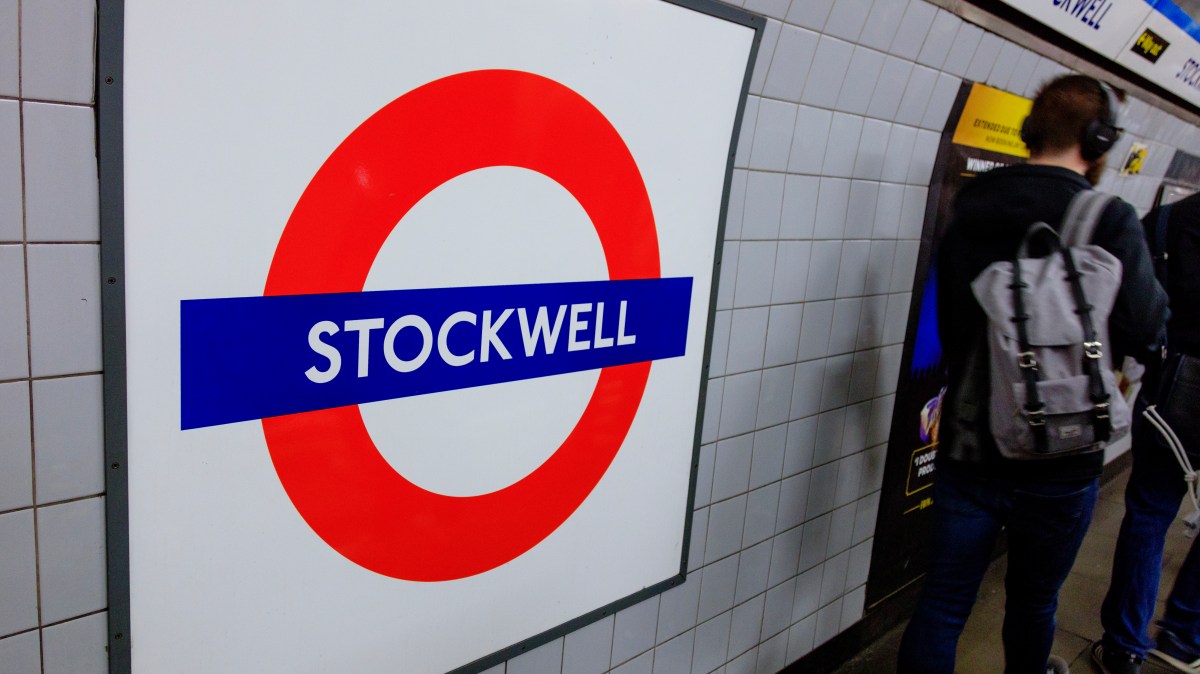Transport for London has yet to identify the fault that has brought one of London’s key commuter arteries to a crawl this week as delays continued into Thursday morning.
The Northern Line has been the subject of severe delays, cancellations and suspensions since Sunday evening, with the network urging commuters to use alternative routes.
The equipment that tells the network’s systems where trains actually are has failed near Stockwell station — meaning TfL’s service controllers are having to manually “talk” train drivers through this part of the network.
Specialist engineers have been called in to identify why the signalling equipment has failed, with no immediate sign of things improving for commuters.
“Our engineers are working hard to identify and fix the fault, including deploying advanced test equipment,” Nick Dent, TfL’s director of customer operations, said. “We will do all we can to restore a good service as soon as possible.”
TfL refuted rumours that the signal problem was related to the Amazon Web Services (AWS) connection failures that blacked out online services across the globe on Monday, pointing out that the network does not use any AWS services for signalling.
The Northern Line runs through crowded areas of central London and is also the main route to large swathes of residential areas.
• Is Paris Métro better than London Tube? Train buffs say yes
On Thursday last week, four of the six busiest tube stations were on the Northern line and the last comprehensive study, in 2019, showed it was the busiest line on the network.
Dent said: “We are advising customers to allow extra time for their journeys, and to check before they travel using TfL journey planner or the TfL Go app.”
In June TfL finally secured funding from the government for infrastructure upgrades. TfL is unusual among major global transport networks in that it is heavily reliant on “fare-box revenue” — money from ticket sales rather than government subsidy — to fund its activities. Revenue from the congestion charge and the ultra-low emission zone, among others, tops that up. Most of that money goes on operational, day-to-day activities, leaving little on top to fund infrastructure upgrades.
After years of public rows Conservative transport ministers and short-term sticking plaster funding arrangements in the aftermath of the pandemic, TfL secured just over £2 billion in the spending review last summer to fund “high-priority” infrastructure upgrades.
That will fund the introduction of new trains on the Piccadilly Line and DLR and new signalling across other lines, though this does not include the Northern Line.
It will also allow for TfL to explore upgrades to the Bakerloo Line fleet, which is the oldest on the network. The relatively small number of Bakerloo trains available to TfL means that when they are vandalised they are often left in service, leading to the sight of heavily graffitied trains.
TfL is still in discussions with the government about funding for extensions to the Bakerloo Line to Lewisham and the DLR to Thamesmead. Both projects are expected to deliver significant economic benefits by unlocking new housing projects.

